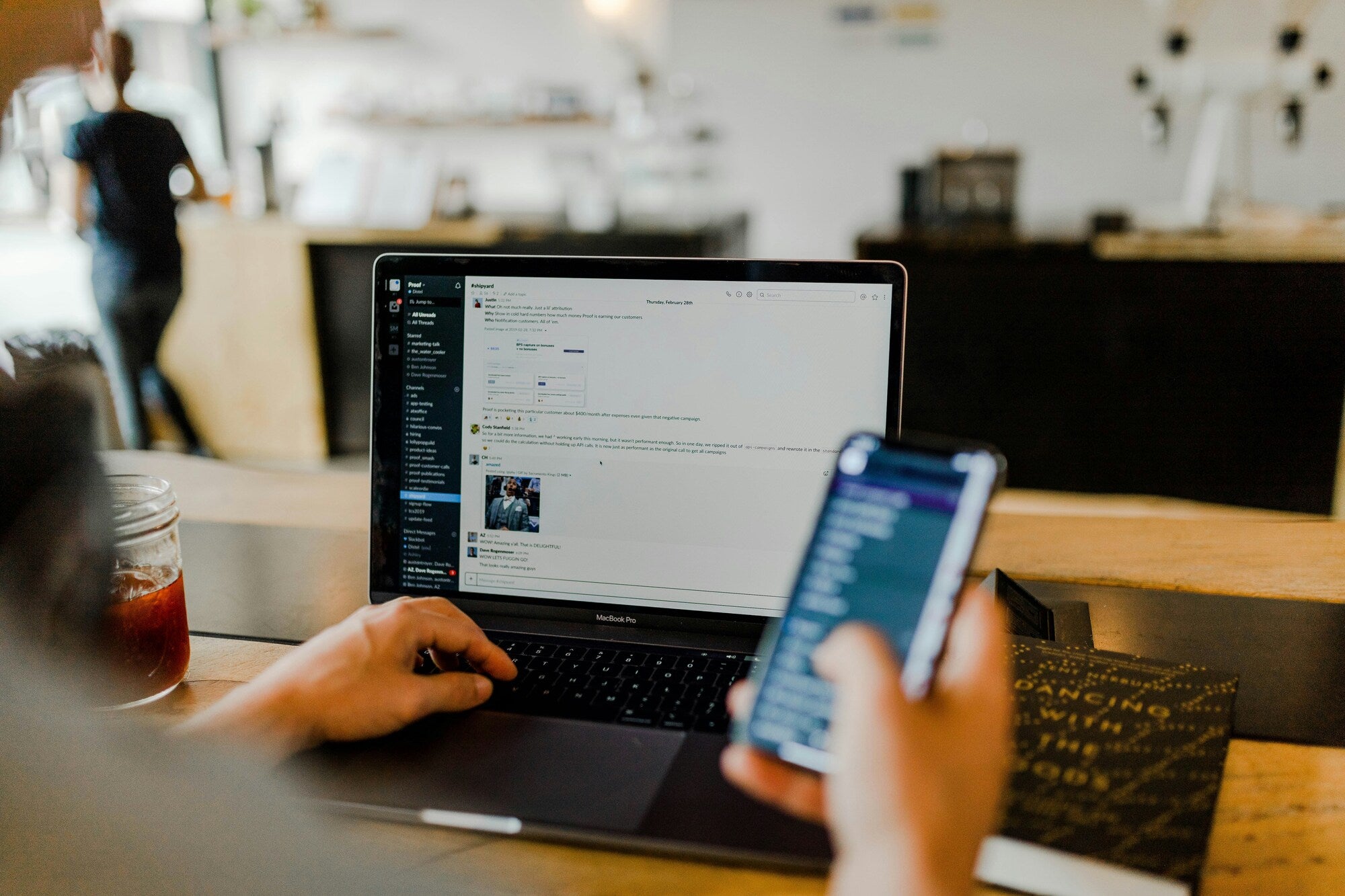Push notifications are crucial for app developers. They drive user engagement, boost conversion rates, and keep users coming back. These notifications are especially effective in converting free users into paying subscribers. However, once a user moves from free to paid, the impact of push notifications can shift—and not always for the better.
The Risks of Push Notifications for Paying Subscribers
While notifications are effective for attracting users, they can become frustrating once someone subscribes. Paying users, who have already committed to your app, may start seeing these notifications as a nuisance. Why? Because each notification serves as a reminder that they’re not using your app as much as they intended. Instead of being helpful, these notifications can make users feel guilty or annoyed, especially if they’re not actively engaging with the app.
This shift in perception is critical. What once drove engagement can turn into a source of dissatisfaction. This increases the risk that users might delete the app or cancel their subscription—a risk app developers cannot afford to ignore.
A study by Localytics found that 52% of users find push notifications annoying if they feel the notifications are irrelevant or too frequent. Another report from CleverTap shows that nearly 60% of users will opt out of notifications if they find them intrusive. These statistics underscore the fine line between effective engagement and user frustration.
Giving Users Control Over Notifications
To avoid annoying paying users, one effective strategy is to turn off notifications by default after they subscribe. Instead of pushing content, updates, or reminders, let subscribers decide when they want notifications by enabling them in the app settings.
This approach acknowledges the change in the user’s relationship with your app. They’ve shown their commitment by subscribing, so it’s important to respect their choice. This strategy reduces irritation and empowers users to engage with your app on their own terms.
However, not all notifications are unwelcome after subscribing. Personalized notifications about new features, updates aligned with user interests, or special promotions can still add value. The key is to allow users to customize their notification preferences to receive only the information they find relevant.
Balancing Notifications for Better User Engagement
Finding the right balance between keeping users informed and avoiding annoyance is crucial. Consider a tiered notification system where users can choose between different types of notifications, such as promotional offers, content updates, or account-related alerts. This customization lets users tailor their experience, leading to more satisfying interactions with your app.
For example, Duolingo lets users customize notification settings based on their learning goals. This reduces frustration while keeping users engaged with relevant content. Similarly, Spotify allows users to opt into notifications about new releases from their favorite artists, enhancing the user experience with personalized content.
A Customer-Centric Strategy for Long-Term Success
In the competitive app market, retaining users is just as important as acquiring them. By giving paying users control over their notifications, you adopt a customer-centric approach that can significantly enhance user satisfaction and retention. Happy users are more likely to continue their subscriptions, recommend your app to others, and explore additional paid features or services.
This strategy aligns with the broader trend of personalized user experiences. Modern consumers value control and customization. By allowing them to choose how and when they want to receive notifications, you cater to their preferences, leading to deeper loyalty and satisfaction.
Conclusion: The Power of Choice in Push Notifications for Paying Subscribers
Turning off notifications for subscribers until they opt back in is a simple yet effective way to keep your app’s most valuable users satisfied. This small change respects their decision to pay for your service while shielding them from overexposure that could lead to dissatisfaction.
By implementing a balanced and customizable notification system, you maintain user engagement without causing annoyance. In the end, it’s about putting the user first. Allowing subscribers to control their notification settings helps keep them engaged in a way that feels natural and welcome, ultimately leading to longer-lasting relationships and a more successful app.




Share:
Qatar's Entrepreneurial Landscape: Successes, Challenges, and the Road Ahead
"Unlock More" Teaser Strategy for your Website